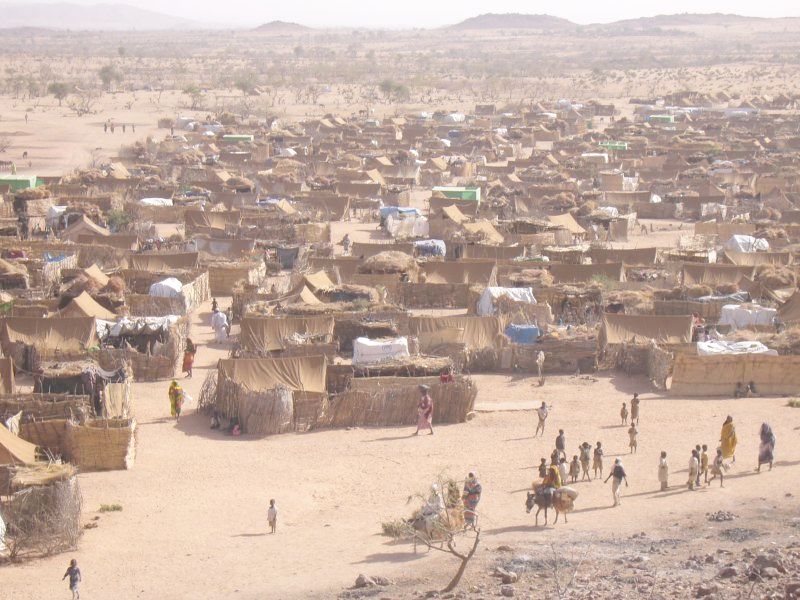|
Flag Of Estonia (vertical)
The flag of Estonia ( et, Eesti lipp) is a tricolour featuring three equal horizontal bands of blue (top), black (middle), and white (bottom). In Estonian it is colloquially called the (). The tricolour was already in wide use as the symbol of Estonia and Estonians when the Republic of Estonia became a fully independent country in 1918. Formally, the became the national flag by the decision of the Estonian Provisional Government on 21 November 1918, and the parliament later reconfirmed the flag's official status with a law in 1922. The tricolour was publicly used as the national flag until the first year of World War II when the Soviet Red Army invaded Estonia in June 1940. Following the occupation and annexation of Estonia by the USSR in August 1940, the new Stalinist regime banned the Estonian flag, and its use as well as any use of its blue, black and white colour combination became punishable by laws of the Soviet Union. The national flag was from 1940 until 1991 contin ... [...More Info...] [...Related Items...] OR: [Wikipedia] [Google] [Baidu] |
Triband (flag)
A triband is a vexillological style which consists of three stripes arranged to form a flag. These stripes may be two or three colors, and may be charged with an emblem in the middle stripe. Design Outside of the name, which requires three bands of color, there are no other requirements for what a triband must look like, so there are many flags that look very different from each other but are all considered tribands. Some triband flags (e.g. those of Croatia and Ghana) have their stripes positioned horizontally, while others (e.g. that of Italy) position the stripes vertically. Often the stripes on a triband are of equal length and width, though this is not always the case, as can be seen in the flags of Colombia and Canada. Symbols on tribands may be seals, such as on the Belizean flag, or any manner of emblems of significance to the area the flag represents, such as in the flags of Argentina, India and Lebanon. A triband is also a tricolor if the three stripes on the fl ... [...More Info...] [...Related Items...] OR: [Wikipedia] [Google] [Baidu] |
Refugee
A refugee, conventionally speaking, is a displaced person who has crossed national borders and who cannot or is unwilling to return home due to well-founded fear of persecution.FAQ: Who is a refugee? ''www.unhcr.org'', accessed 22 June 2021 Such a person may be called an asylum seeker until granted refugee status by the contracting state or the United Nations High Commissioner for Refugees (UNH ... [...More Info...] [...Related Items...] OR: [Wikipedia] [Google] [Baidu] |
Declaration Of Estonian Independence In Pärnu
Declaration may refer to: Arts, entertainment, and media Literature * ''Declaration'' (book), a self-published electronic pamphlet by Michael Hardt and Antonio Negri * ''The Declaration'' (novel), a 2008 children's novel by Gemma Malley Music * ''Declaration'' (The Alarm album) (1984) * ''Declaration'' (Bleeding Through album) (2008) * ''Declaration'' (Steven Curtis Chapman album) (2001) *''Déclaration'', a 1973 album by Georges Moustaki * '' The Declaration'', a 2008 album by Ashanti *'' Declaration'', a 2020 album by Red Songs *" Declaration (This Is It)", a 2012 gospel song by Kirk Franklin *"Declaration", a song by Killswitch Engage from the album ''The End of Heartache'', 2004 *"Declaration", a song by Trivium from the album '' Ascendancy'', 2005 *"Déclaration", a classical song by Leoncavallo *"The Declaration", a 1970 song by The 5th Dimension Other arts, entertainment, and media * Declaration (poker), a formal expression of intent to take some action in the car ... [...More Info...] [...Related Items...] OR: [Wikipedia] [Google] [Baidu] |
Martin Lipp
Martin Lipp ( in Vooru, Viljandi Parish – 8 March 1923 in Tallinn) was an Estonian poet. He is best known as the author of the poem "The Estonian Flag", which was set to the music of the then young composer Enn Võrk. That song became as popular to the Estonian people as the "Marseillaise" was to the French in the times of the French Revolution and also played an important role during the time of the Estonian "Singing Revolution" in the late 1980s. Lipp also served as the pastor of the St. Lawrence Church in Nõo Nõo is a small borough ( et, alevik) in Tartu County, in southern Estonia. It's located about 15 km southwest of the city of Tartu by the Tartu– Valga–Riga railway and the European route E264 (also known as Via Hanseatica). Nõo is the ..., Estonia. External linksIAUNRC: Estoniaat www.indiana.edu Estonian flag based on poem by Martin Lipp 1854 births 1923 deaths People from Viljandi Parish People from the Governorate of Livonia Estonian Lutheran ... [...More Info...] [...Related Items...] OR: [Wikipedia] [Google] [Baidu] |
Minister Of Defence (Estonia)
The Minister of Defence ('' Estonian: Kaitseminister'') is the senior minister at the Ministry of Defence (''Kaitseministeerium'') in the Estonian Government. The minister is one of the most important members of the Estonian government, with responsibility for coordinating the governments policies on national defence and the military forces. The defence minister is chosen by the prime minister as a part of the government. When the position was originally established in 1918, it was called the minister of war (''Sõjaminister''). The post was renamed minister of defence on April 1, 1929, but would change back to minister of war in 1937. Though the name of the position, and subsequently the ministry, was changed, the main responsibilities of the position remained virtually same. Since Estonia regained its independence in 1991 the post has been known as the minister of defence. List of Ministers 1918 to 1929 (Minister of War) 1929 to 1937 (Minister of Defence) 1937 to 1940 ... [...More Info...] [...Related Items...] OR: [Wikipedia] [Google] [Baidu] |
|
